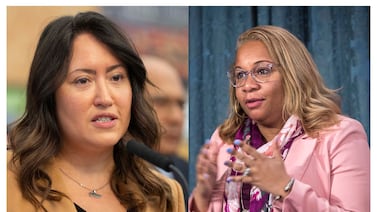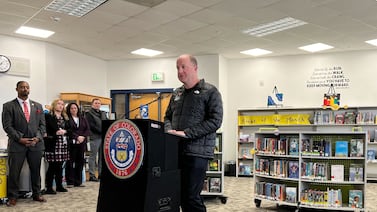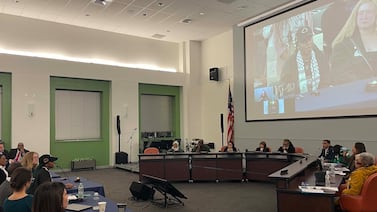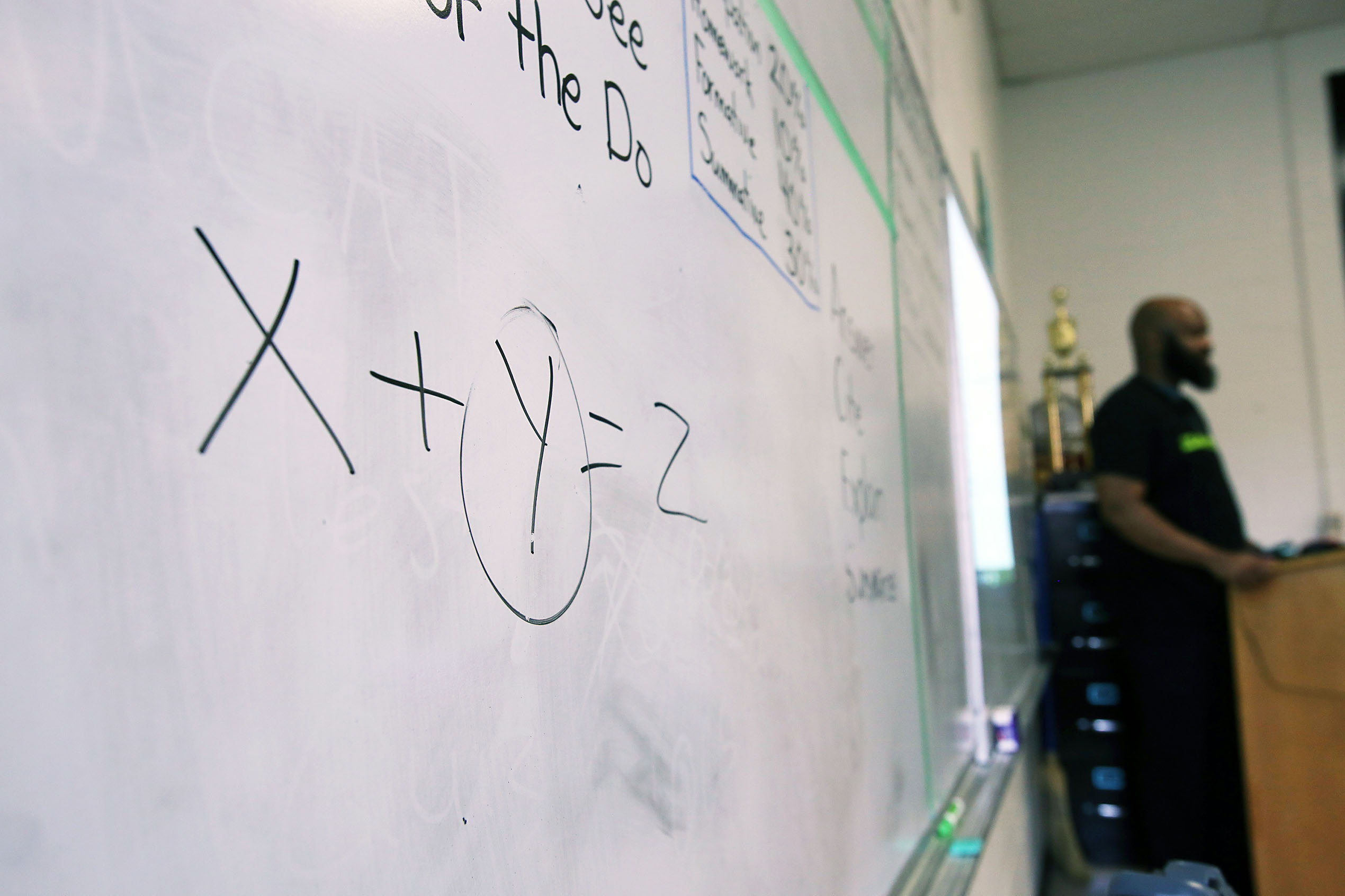Sign up for Chalkbeat Indiana’s free daily newsletter to keep up with Indianapolis Public Schools, Marion County’s township districts, and statewide education news.
Enrollment in Indiana’s signature school voucher program grew at a significantly slower rate over the last year after past explosive growth driven by looser income requirements.
New data from the state shows that the Choice Scholarship program added around 6,000 students from 2023-24 to 2024-25, representing an approximately 8% increase. By comparison, enrollment grew by 30% from 2022-23 to 2023-24.
The state spent around $497 million on the Choice Scholarship program in 2024-25, an increase of just over $58 million from the previous school year. Costs for the program increased by around $127 million from 2022-23 to 2023-24.
While this year’s annual Choice Report does not speculate as to what may have caused the slowdown, the data covers a period of time in which lawmakers did not take steps to expand eligibility for the program. In 2023, they made the program nearly universal, allowing households making up to 400% of the income required to qualify for subsidized school meals to qualify for a voucher. That’s around $230,000 for a family of four.
During the 2025 legislative session, lawmakers dropped the final income requirement, officially making the program open to all — but those changes don’t take effect until the end of June 2026 and won’t be reflected until the 2026-27 choice report.
Removing income requirements was a priority for Gov. Mike Braun on the campaign trail and for top Republican legislators, who say they’re prioritizing parental choice in their children’s education.
But the move has drawn controversy from groups who say the voucher program has deviated too far from its original purpose of allowing low-income families to leave underperforming public schools, and now provides state funding to wealthier families who already attended private schools.
As in previous years, the typical voucher student in Indiana in 2025 has never been enrolled in an Indiana public school. An average voucher student is white, female, and elementary-aged, from a household of 4.65 that makes around $103,000 annually, according to the report.
Like last year, the increase in voucher use is concentrated among wealthier households. Per the report, the greatest increase in voucher usage — 1.7% — was among households making more than $200,000 per year. Voucher usage among households making between $50,000 and $100,000 declined at the same rate.
Total private school enrollment in Indiana grew to just under 100,000 students in 2024-25, with around 76,000 of those students using a voucher. Both traditional public and public charter schools grew in enrollment over the last year — the former from around 978,000 to 982,000 and the latter from 52,000 to 56,000 — for a total of just over 1 million students.
Vouchers grow, but cover less
More schools than ever are participating in the Choice Scholarship program, according to the report, and data suggests they’re charging more in tuition and fees.
The count of schools charging more than $5,000 in tuition and fees increased over last year, according to the report, while that of schools charging less than $5,000 decreased.
Additionally, a greater share of families received a voucher that did not cover the full cost of tuition in fees in 2024-25 than in years before.
Indiana households receive either the total tuition and fees for their school, or 90% of the per-student funding that their local school district receives, whichever is less.
In 2024-25, 72% of households received a voucher worth 90% of the per-pupil funding, while 28% received the full cost of tuition and fees at their chosen school. In 2023-24, those figures were more balanced, at 57% and 43%, respectively.
Around 55,000 students were responsible for around $134 million in tuition not covered by the vouchers — or around $2,400 per student, according to the report, which does not take into account other scholarships offered to families.
Aleksandra Appleton covers Indiana education policy and writes about K-12 schools across the state. Contact her at aappleton@chalkbeat.org.







